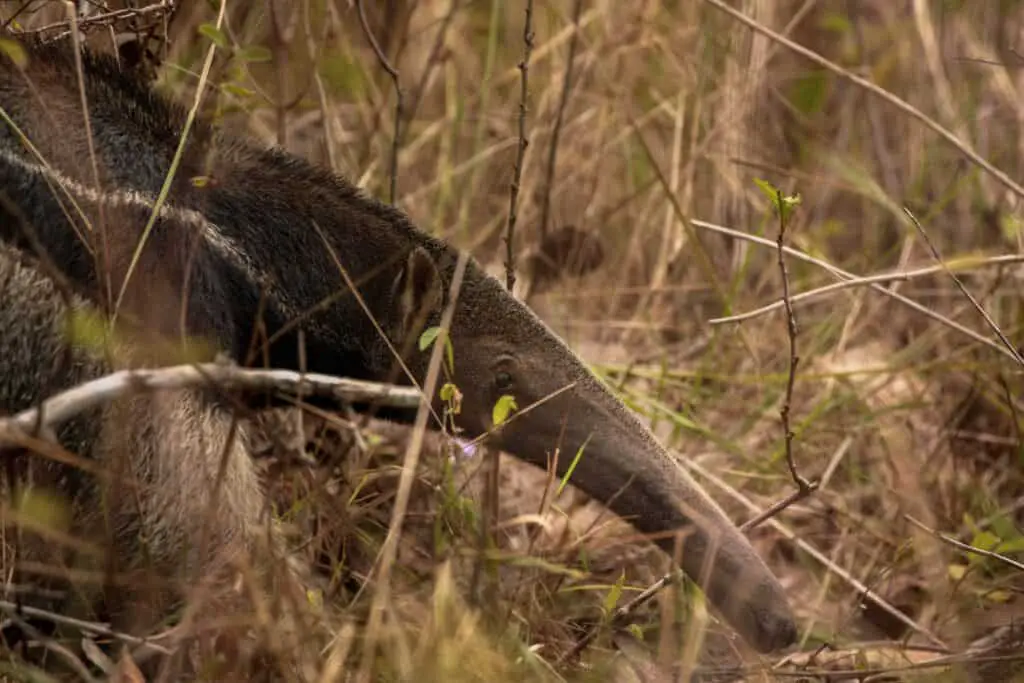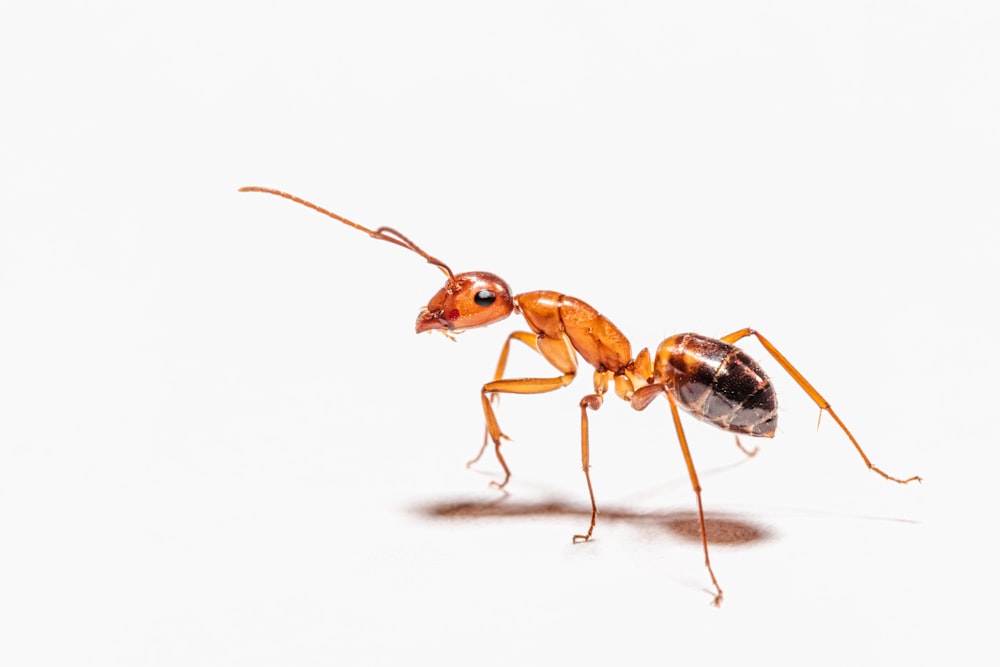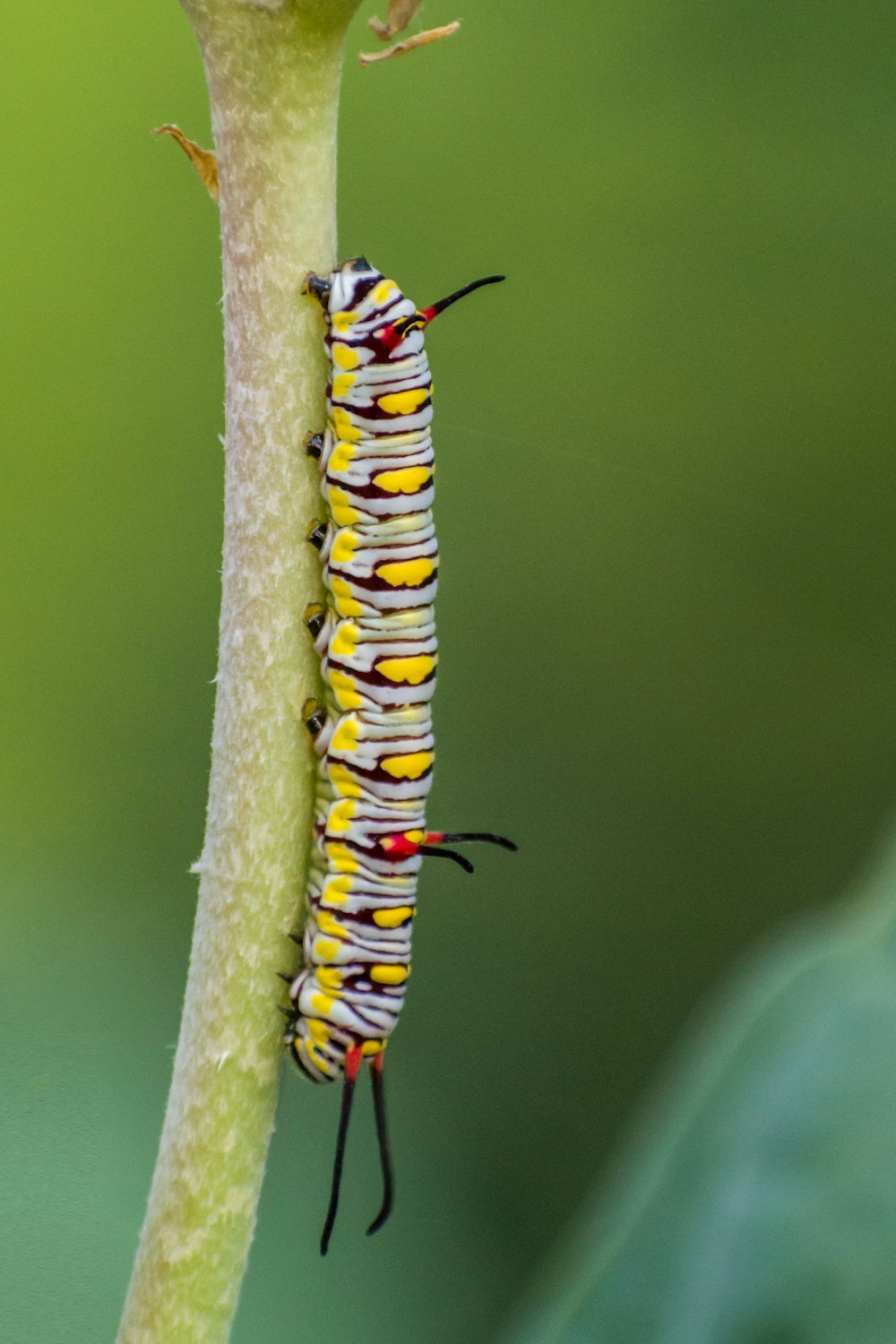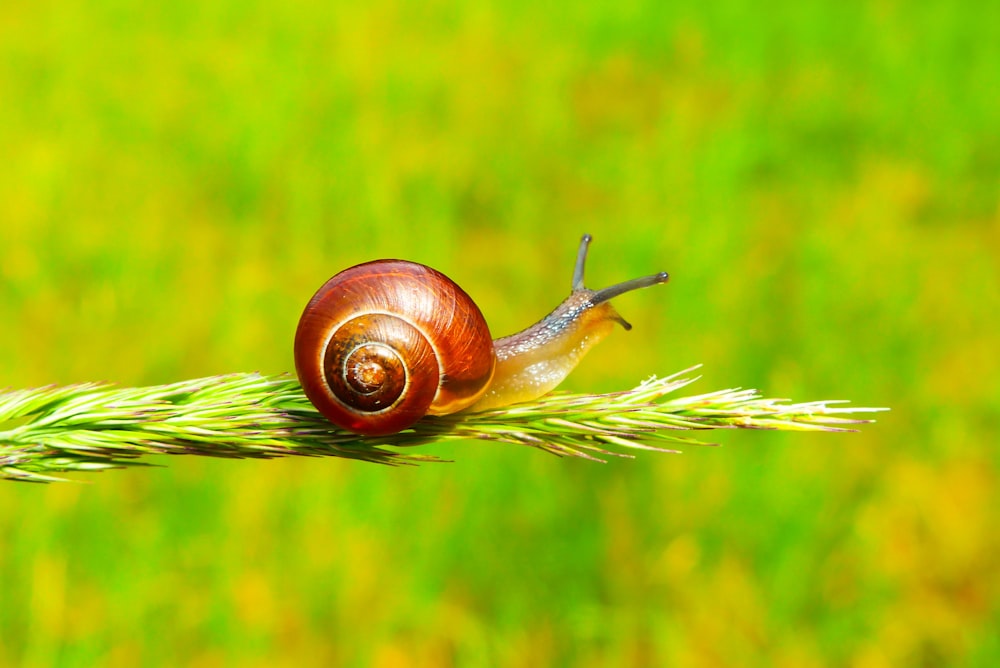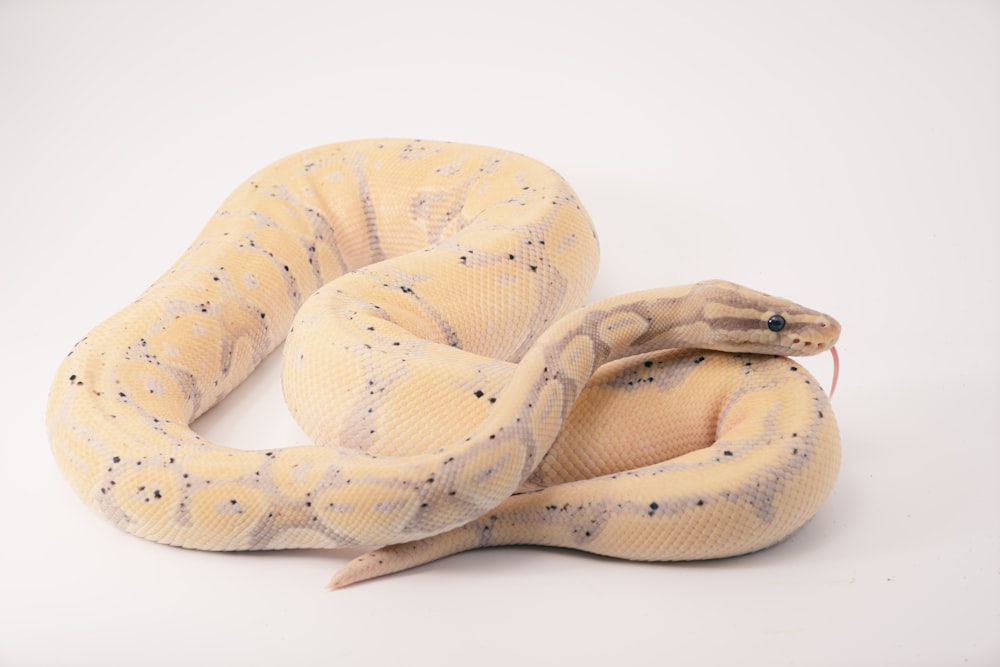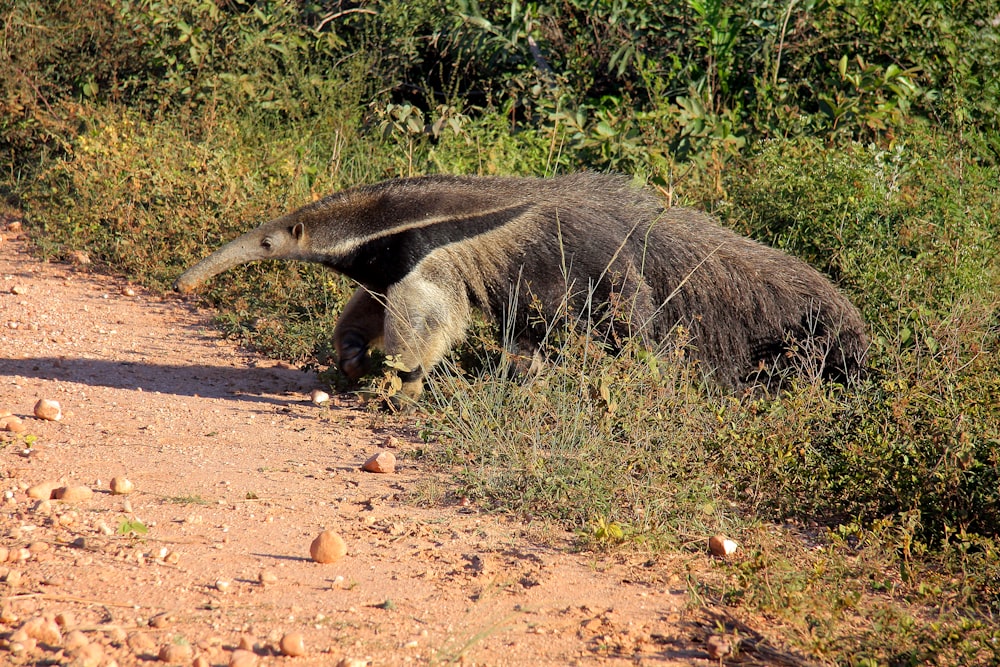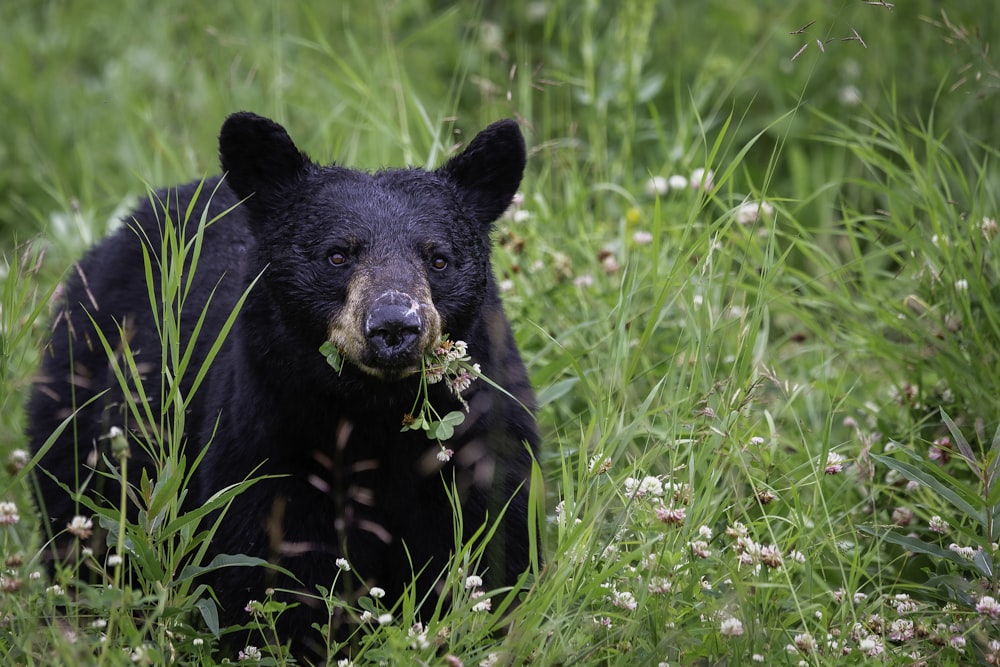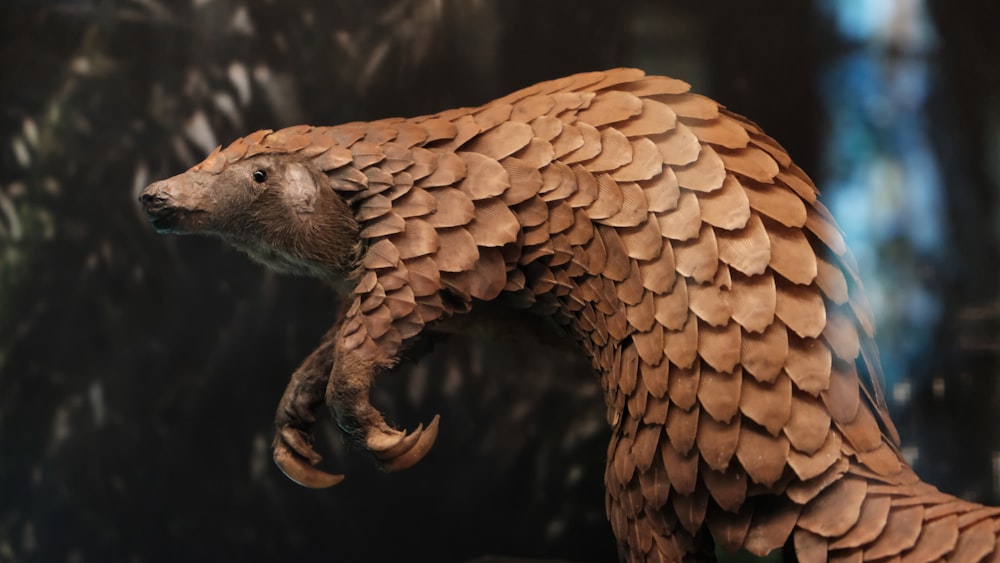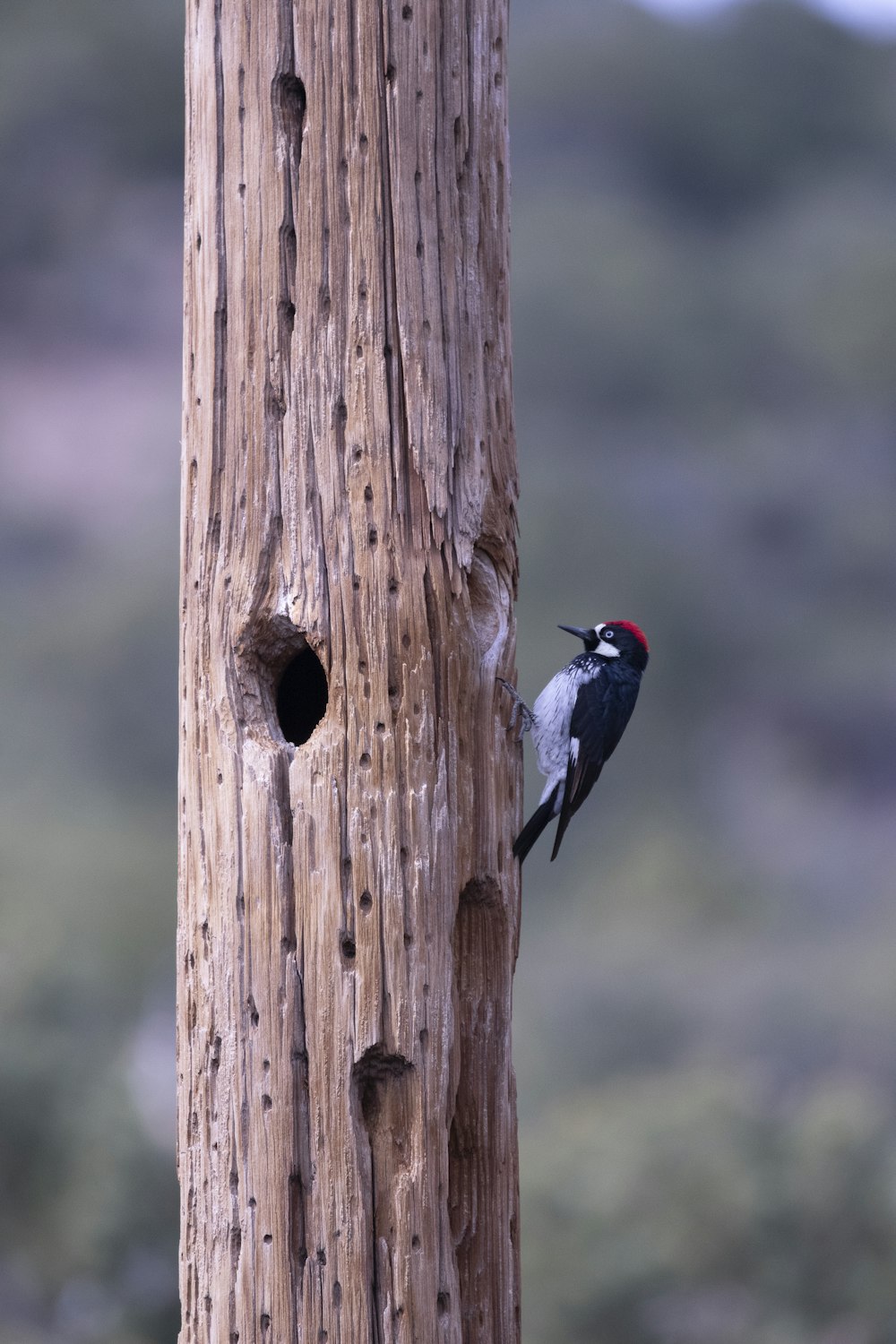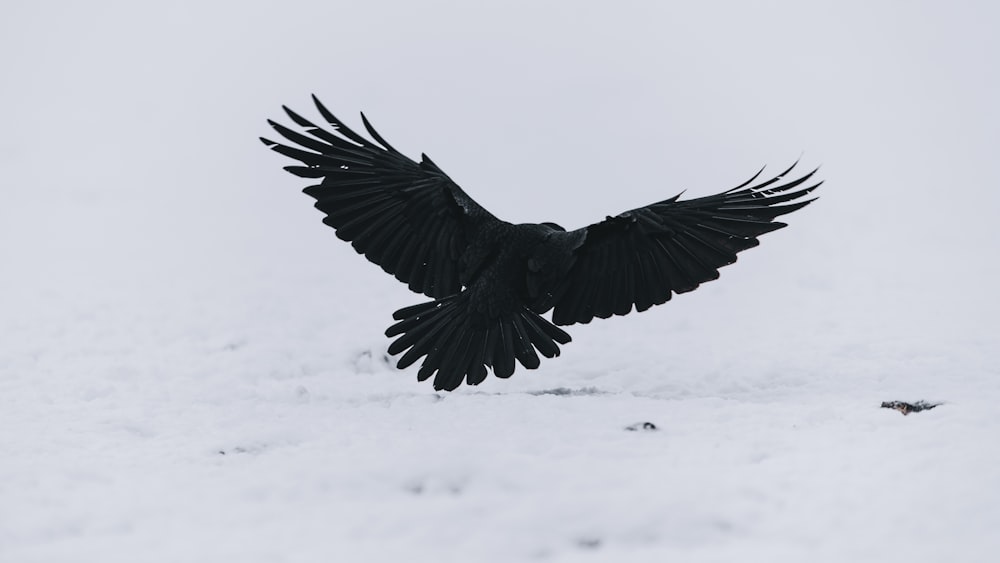While we all know that the anteater eats ants, did you know there are many other animals from all different animal families consuming ants regularly?
These animals may help with the number of ants around your area, but some may do more damage than the ants!
(Number 15 always surprises everyone!)
What Animals Eat Ants?
You might not be aware that almost every animal that can fit an ant into its mouth and that consumes other insects also consume ants.
So, here’s an overview of insects and other tiny creatures that regularly eat ant species:
Spiders including jumping spiders and wolf spiders;
Snails and other creatures such as horny toads, horned lizards, and fish;
Snakes, including blind snakes and tiny snakes;
Bird species like starlings, grouse, and sparrows;
Animals like sloth bears and wolves are mammals;
Various other insects, including flies, caterpillars, and assassin bugs;
Various other small insects, including flies, caterpillars, termite larvae, and beetles.
Some animals have peculiar feeding habits that enable them to reproduce and thrive.
Some fly larvae will deposit their eggs on the ant’s body, and when the eggs hatch, the larvae will consume the ants as their initial energy source.
Acting a bit more subtle, spiders frequently lure ants into their webs. Once locked in, the spider uses its sticky tools to spin the insects into little morsels that will soon be eaten.
Fun fact? Even we humans have been known to eat ants!
They are too little to be an excellent food source but are high in protein. (See More)
Some species, like the lemon ant, found in Central and South America and Ecuador, are somewhat valuable and actively sought out.
What is Eating Ants Called?
The term “myrmecophagy” is of Greek origin. Myrmecophagy refers to the practice of consuming ants or termites.
How Do These Animals Eat Ants?
While an Ant is the most common insect in the world, you probably haven’t eaten one.
Have you ever wondered who eats ants?
This list of creatures that eat ants can be helpful if ants constantly invade your yard or if you’re just curious who is helping keep the number of ants down.
You can attract some of these in extreme situations to help with an ant infestation!
However, it’s probably better to call pest control
Insects That Consume Ants
Many different insects and spiders eat ants.
Throughout this section, we will give a deep dive into each animal that eats ants.
Fire Ants and Army Ants
It might surprise you to learn that other ants are one of the animals that eat ants.
Army ants thrive on consuming the ant larvae of several different ant species, while fire ants are known to fight other fire ants.
These red fire ants make flattened, asymmetrical mound nests between two and four square feet in size.
With the help of potted plants, shrubs, and trees, they frequently invade new locations that sometimes already have a local ant nest.
Red ants bite anyone who damages their nests, both humans and ants.
These ants sting rather than bite, despite the prevalent misconception that they bite.
A raised welt that develops into a white pustule is the easiest way to identify a sting. If you see this (usually on your ankles), this is a strong indicator of a red imported fire ant’s sting.
Realize that you are not the only one attempting to get rid of these ants. This ant is officially both a pest and invasive (See More Here).
While these ants are incredibly intrusive, nature helps us deal with them. There are tons of different animals that eat ants.
Ant Lions
More than 2,000 insects are referred to as antlions. (Read More Here)
They only consume ants and related bugs.
They search for areas of loose soil and create little trenches that ants slip and fall into.
As the ants fall into their traps, they keep their jaws ready.
The antlion will remain at the bottom of the hole and consume them.
Caterpillars
Caterpillars are perhaps best known to you as the fluffy, adorable creatures that turn into butterflies.
Caterpillars will consume ants. While they mostly stick to plants and leaves, caterpillars will just about swallow anything to stay alive.
This frequently occurs when ants are present on the plants and leaves that the caterpillars eat.
Spiders
Many people are unaware that certain spiders consume ants.
While some spider species primarily eat ants, most spiders consume various foods, including ants.
Ants and spiders are directly competing in the local ecosystem. (Ants will also eat spiders)
Spiders hunt and eat ants, including the black widow, jumping, and lynx species.
Snails
Although they mostly eat plants and other types of flora, land snails occasionally consume ants.
Larger species, like Roman snails, are more likely to exhibit this.
When ants attack this snail, They release an ant-repelling form of foamy mucus.
Snails don’t actively hunt for ants, although they will consume those left after an attack.
Flies
Flies of all ages consume ants.
Various female flies deposit their eggs on the back of active ants, carrying them around until they hatch.
Once hatched, the fly larvae are hungry, and the fly larvae can then consume the ant’s brain or complete body.
Reptiles and Amphibians That Eat Ants
Snakes
Most snake species devour rodents and other small animals, but some also eat ants.
However, none of the snakes eat ants as their primary food source, and snakes frequently look for additional items to supplement their diet of ants.
Whether a snake eats ants or not would mainly depend on the snake’s size.
Primarily, the tiniest snake species are more inclined to hunt for and consume ants.
Finding a huge snake, such as a boa constrictor, feeding ants is quite unlikely.
How Do Snakes Find and Devour Ants?
Snakes have a variety of techniques that they employ when looking for food.
Others have heat sensors on their skulls, while some have an enhanced sense of smell.
Most insectivorous snakes hunt ants by following the tracks they leave behind as they move about.
Types of Snakes That Eat Ants
Blind Snakes (Anilios nigrescens)
The blind snake consumes the most ants compared to any other snake species.
In addition to their tiny size, which prevents them from eating larger animals, these snakes frequently reside near ant colonies.
They mostly devour ant pupae and larvae.
Although it hasn’t been verified experimentally, it is thought that mature ants’ chitinous bodies would be bad for a snake’s digestive system.
Due to this, blind snakes slither into the ant nests, where they consume the larvae and pupae of ants.
As you might anticipate, if intruders are detected, the ants will attack them.
Thread snakes (Leptotyphlopidae)
Thread snakes resemble blind snakes, especially in appearance: they are small, thin, and glossy, giving them the appearance of earthworms.
As they travel to and from their nests, the pheromone trails that ants leave behind help thread snakes locate them.
For all the same reasons that blind snakes prefer not to eat mature ants, this particular type of snake favors ant eggs, larvae, and pupae.
Although ants are the preferred food of most thread snake species, they also eat other insects such as cockroaches, beetles, crickets, fly larvae, centipedes, millipedes, and other species.
Smooth Green Snakes (Opheodrys vernalis)
As insectivores, smooth green snakes primarily consume insects, such as ants, tiny birds, and native species.
They only reach a maximum length of ~66 cm, which is relatively short.
These snakes are found primarily on the ground behind rocks, logs, and other debris and reside in vegetated places.
They can be seen climbing low shrubs as well.
Texas Horned Lizards
While many people avoid harvester ants, the Texas Horned Lizards love them.
Even though the Harvester ant has a poisonous sting and strong upper jaw for biting, they are horned lizards’ primary food source in the western part of America.
Many wonder how these animals can consume ants without having their internal organs pulled out or rotted away.
This has to do with the horned lizard’s unique digestive system. The horned lizards usually eat ants with gobs of mucus before they swallow them whole, which allows them to digest these poisonous ants.
Narrow-Mouthed Toad
The unique and chubby tiny amphibian known as the eastern narrow-mouthed toad is rarely seen.
Behind its slender, pointy skull, there is a fold of skin.
They have short legs. The external eardrum (tympanum) on the head and the web between the toes are absent.
These amphibians love to eat ants; if you ever see one, know that ants are probably in the area also.
Blue Poison Dart Frog
The Surinamese Republic of Suriname is home to the vivid blue poison dart frog (Dendrobates Azureus) in the northeastern region of South America.
Using its vibrant hues, the blue poison dart frog draws predators in to its deadly skin.
An animal will become quite ill if it consumes any part of the blue poison dart frog.
Due to their eating habits and skin, blue poison dart frogs are lethal.
They consume microscopic insects like ants and other pests that contain toxic compounds.
While these insects aren’t safe for you or me to eat, these insects are safe for the frogs to consume.
House Geckos
These geckos are fun around the house and are frequently seen in residences in warmer areas.
They are tiny predators who eat ants as their preferred diet.
Every gecko species will consume ants, but it’s a preferred area for the house gecko.
Geckos will consume any bug they can grab; they don’t simply eat ants.
As a result, if you spot them around your garden, you should leave them alone, as they make an excellent natural pest control method.
Some Mammals That Eat Ants
Anteaters
Anteaters are the most common predators that consumes ants.
This animal is indigenous to both South and Central America and has a long tongue nestled inside a large snout or nose.
An anteater puts its nose within an anthill, uses its scent glands to detect when it’s passing ants, and then uses its tongue to pull the ants out and ingest them.
An entire hill may be destroyed in minutes by a single anteater, especially in loose soil.
Aardvark
Anteaters and aardvarks have the same insect diet.
Their bodies are small and stocky, usually seen with extended claws.
The aardvark inserts its nose inside the anthill after digging a hole with its sharp claws.
Then, they have a long tongue that they will use to draw out the ants and swallow them whole.
What’s really cool about aardvarks, is that African native aardvarks are genetically linked to elephants.
Black Bears
It’s hard to imagine that these frightening animals with large fangs are frequently seen eating ants.
Bears are omnivorous.
Bears consume insects for many reasons, and increase their insect diet leading into the winter months for hibernation.
While most black bears consume mainly plant matter in their diet, some bears, like the black bears in Colorado’s Rocky Mountain National Park, eat a lot of ants.
Humans
In many cultures, ants are a common food source for the human diet.
Many tribes worldwide view insects, especially ants, as a piece in their traditional diet.
You wouldn’t believe it, but some view ants as a delicacy, even though you and I will probably never eat them.
In Mexico, ants are occasionally consumed as a bar snack covered in chocolate or deep-fried.
In certain Southern American supermarkets, you can even get dried or roasted ants that have been packed like chips and are frequently spiced with chili powder.
Pangolin
One way to identify a pangolin is as a cute animal with thick, hard scales.
Because they lack teeth, pangolins pick up food with their sticky tongues. These tounges occasionally extend longer than the full length of the animal’s body.
Pangolins, also known as “the scaly anteater,” devour ants, termites, and larvae.
Sloth Bears
Sloth bears earned their nickname, despite belonging to the bear family because they can be seen frequently strolling around, much like sloths.
These bears have a small, squat nose, which is unusual, as other creatures who feed on ants usually have long stouts.
They’re always on the lookout for an ant colony. Once they found one, they use their powerful claws and dig through the soil. Using a scooping motion, sloth bears sweep up and rub dead ants off their paws into their mouths utilizing their sticky tongues.
Some Bird Species that Eat Ants
Numerous bird species often consume ants as a consistent part of their diets.
Woodpeckers, pigeons, pheasants, sparrows, starlings, hummingbirds, crows, wild turkeys, antbirds, wrens, and grouse are among the birds that particularly like eating ants.
Little owls, robins, blackbirds, and cardinals are among the birds that will eat ants, but less frequently.
Considering how little they are, ants have a very high protein content.
These high protein levels are crucial for a bird’s muscles due to the energy they lose while flying.
Ants also contain zinc, iron, and potassium in addition to protein.
Woodpecker
Due to their stings or the toxic substances that an ant may possess, including formic acid, many other animals steer clear of ants.
However, woodpeckers love them.
Up to 50% of a Pileated Woodpecker’s diet might consist of ants!
Woodpeckers eat more ants than all the other types of birds added together.
Flicker
The Western United States is home to a type of bird known as the Northern Flicker Range.
While you may find a Flicker in many different places, they often inhabit forests or fields.
The flickers are typically seen strolling on the ground amid fallen trees or foraging along wet woodlands.
These birds are insectivores, so they mostly eat other invertebrates like spiders, beetles, ants, and termites.
Ravens
Like robins, ravens also consume ants through passive hunting.
The raven sits down and uses its wings to push the insects out of the anthill when it comes across one.
As a result, the ants, trying to defend their nest, start to scale the bird’s wings and wander all over its body.
This allows the raven to locate and eat many ants very quickly.
Fish
Fish are also known to consume small amounts of ants.
It’s crucial to remember that ants contain significant quantities of formic acid, which can kill fish if taken in excess.
For this reason, it’s advisable to not feed your fish ants.
Some fish, like the Boesmani Rainbows, eat ants and concentrate on them while hunting.
Our Other Related Ant Articles
Ants are crazy animals.
With this crazy animal, it’s no wonder we get so many emails asking a ton of different questions.
We have some related articles that answer some of the questions, listed below:
Conclusion & Final Thoughts
There are many more animals that eat ants, these are just some of the biggest offenders.
Ants, while abundant, are constantly being hunted.
Every continent (apart from Antarctica) has creatures that consume ants.
Mammals, birds, insects, reptiles and YOU are among them!
